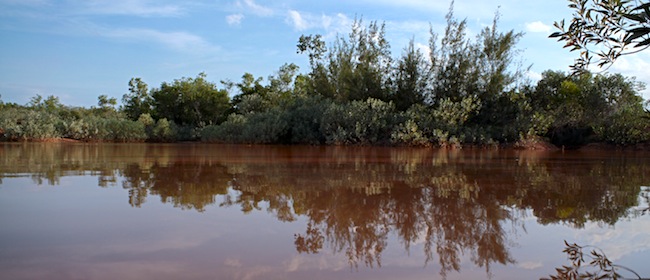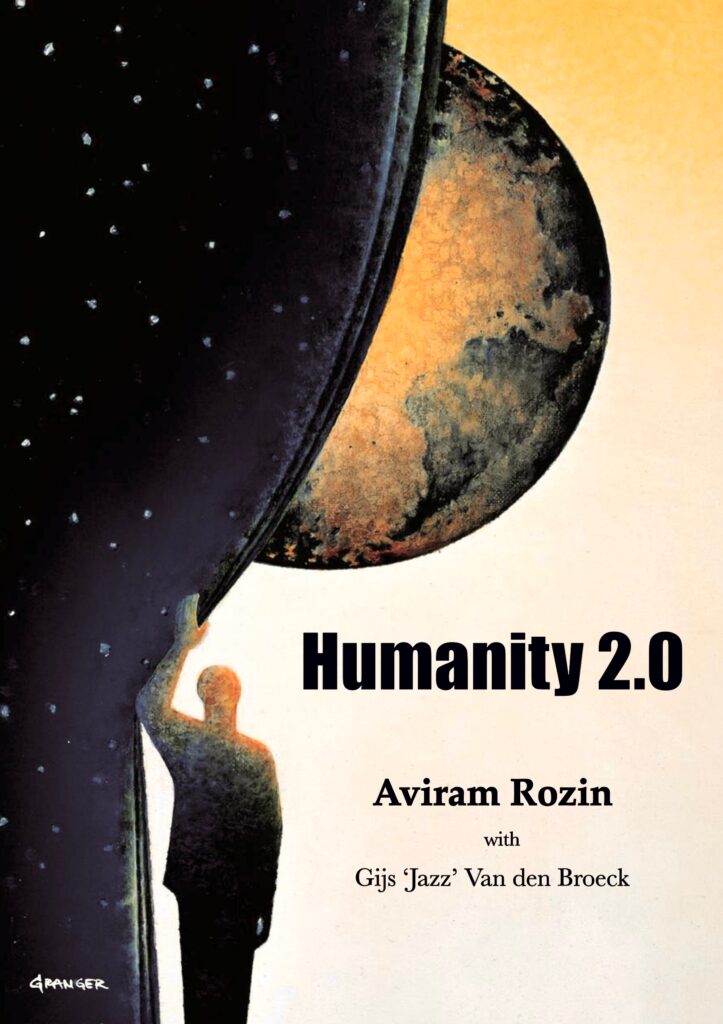The world is facing one of its biggest challenges at present regarding the sustainable supply of clean, sanitary water to its people. In the developed world, people take water for granted. It gushes “freely” from taps, shower heads, and sprinkler systems; its value going unappreciated.
Globally, more than 884 million people have inadequate access to safe drinking water Globally, it has been reported that 1.2 billion people do not have safe drinking water[1] . Already one third of the world’s population is living in either water-scarce, or water-short areas Around 1.2 billion people, or almost one-fifth of the world’s population, live in areas of physical scarcity, and 500 million people are approaching this situation. Another 1.6 billion people, or almost one quarter of the world’s population, face economic water shortage[2]. It is predicted that climate change and population growth will take this number to one half of humanity in coming. In recent times, some of our planets most precious resources, our rivers and lakes, have become so contaminated with industrial waste and excess nutrient run-off (from fertilizers, etc) that it has rendered them unsuitable for use. The depletion of wells and the salination of underground aquifers has also led to water shortages and resulted in additional stress being put on the world’s water system.
Climate change is also having a drastic effect on the water supply. Many of the world’s most water-stressed areas will get less water, and water flows will become less predictable and more subject to extreme events. This is leading to the disruption of food production systems, exposing an additional 75–125 million people to the threat of hunger. Accelerated glacial melt, is leading to medium term reductions in water availability across a large group of countries in East Asia, Latin America and South Asia. Disruptions to monsoon patterns in South Asia, with the potential for more rain but also fewer rainy days means that more and more people are being affected by drought.
At Sadhana Forest we try our best to combat these problems. A lot of our work with the forest centers on water conservation. We use a number of Permaculture techniques such as bunding, mounds, swales and sponges to retain and conserve water on the land and utilize it to its fullest capacity. We aim to educate both local people and our international volunteers as to the importance and preciousness of water. Volunteers at Sadhana Forest learn to appreciate its value as they need to pump their own water for showers and for cleaning. We also use only biodegradable cleaning products so that when returned to nature, they will not do any damage.
[1] http://www.globalpovertyproject.com/infobank/infrastructure


